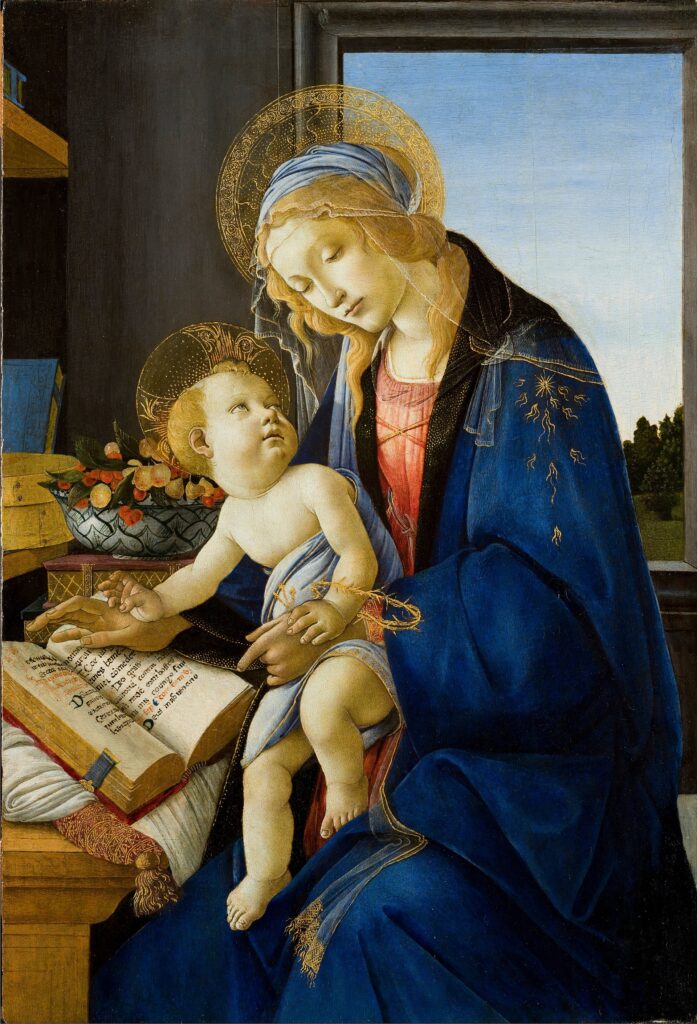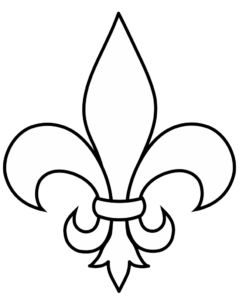
In this window the Virgin Mary is portrayed as the Mother of our Lord. She holds in her arms the Child who triumphed over all the powers which separated mankind from the Father. This window also reminds us of the contribution of motherhood to the world.
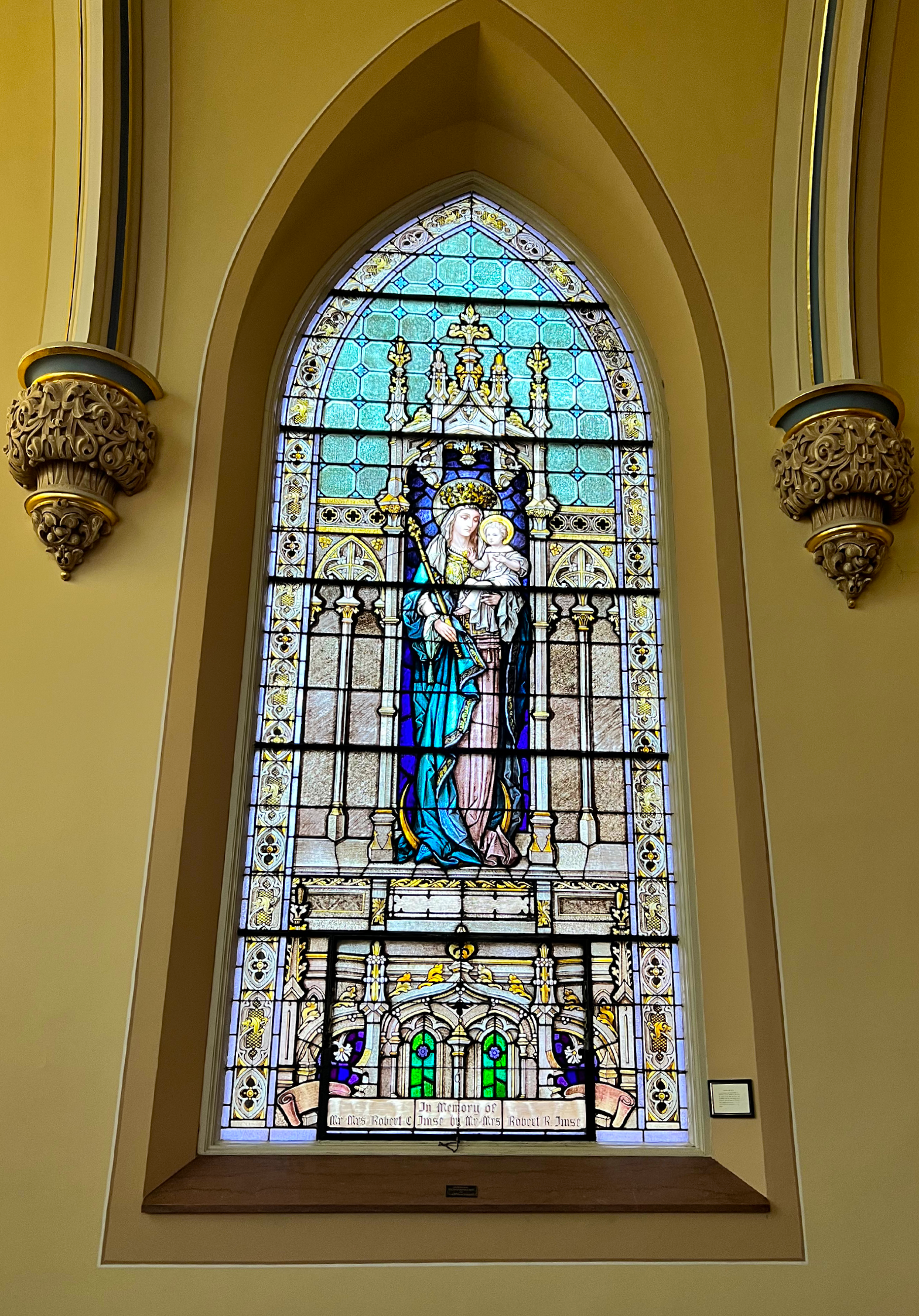
In memory or Mr. and Mrs. Robert C. Imse by Mr. and Mrs. Robert R. Imse

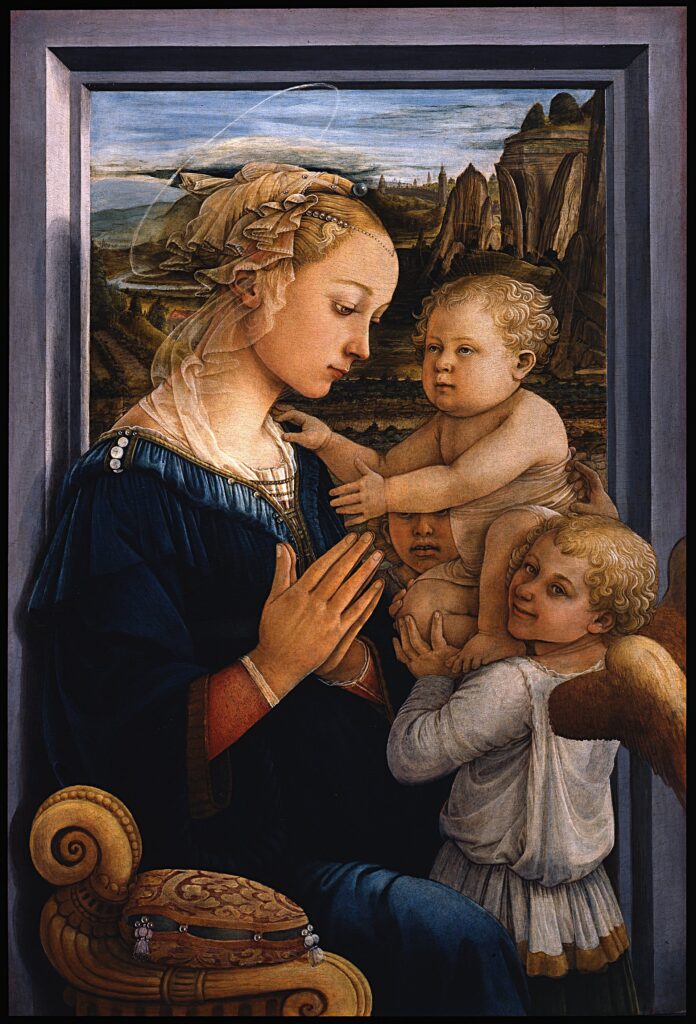
Madonna and Child by Filippo Lippi (c. 1450-1465).
Introduction:
Madonna and Child is a central theme in Christian art depicting the Virgin Mary and the infant Jesus. Over the centuries, this subject has been interpreted by countless artists, each bringing their unique perspective and stylistic approach to the representation of these holy figures. The imagery not only reflects religious devotion but also offers insights into the cultural, social, and artistic contexts of its time.
Historical Background:
The depiction of Madonna and Child has its roots in Byzantine art, where the images served as objects of veneration. These early images, known as icons, were characterized by a stylized and symbolic approach. As the theme spread across Europe, it was embraced and adapted by artists during the Middle Ages, the Renaissance, and beyond. Each era brought new interpretations, reflecting changes in religious thought, artistic styles, and societal values.
Artistic Evolution:
-
Byzantine Period:
-
The Byzantine representation of Madonna and Child was highly stylized, with gold backgrounds and a focus on the divine nature of the figures. These works often lacked depth and realism, emphasizing the spiritual rather than the physical.
-
-
Gothic Period:
-
During the Gothic period, there was an increased focus on the human aspects of Mary and Jesus. Artists began to explore more naturalistic styles, though the figures often retained an elongated form.
-
-
Renaissance Period:
-
The Renaissance marked a significant shift, with artists like Leonardo da Vinci and Raphael bringing a new level of realism and emotional depth to the depiction of Madonna and Child. This period emphasized humanism, and artists focused on creating more naturalistic and three-dimensional figures.
-
-
Baroque Period:
-
In the Baroque era, the theme continued to evolve with heightened emotion and dynamic compositions. Artists like Caravaggio and Rubens used dramatic lighting and movement to bring the scenes to life.
-
Symbolism and Iconography:
The Madonna and Child theme is rich with symbolism. Common elements include the Christ Child holding a globe, symbolizing his dominion over the world, or a book, representing wisdom. The Virgin Mary is often depicted with a halo, signifying her holiness, and her expressions range from serene and contemplative to tender and maternal.
Cultural Impact:
Madonna and Child has had a profound impact on both religious and secular art. It has inspired countless artists and has been a subject of devotion for believers. The theme’s enduring appeal lies in its ability to convey both the divine and human aspects of the figures, resonating with viewers across different cultures and times.
Conclusion:
The portrayal of Madonna and Child is a testament to the enduring influence of religious art. Each depiction, whether in a grand Renaissance painting or a humble icon, offers a window into the faith and artistic expression of its time. As a subject, it continues to inspire artists and captivate audiences, reaffirming its place as a cornerstone of Christian artistic tradition.
References:
-
Books, articles, and online resources about Christian art and the historical evolution of Madonna and Child depictions.
-
Specific works and artists who have contributed significantly to the theme throughout history.
Appendix:
-
Images and descriptions of notable Madonna and Child artworks from various art periods.
-
A timeline of key developments in the depiction of Madonna and Child.
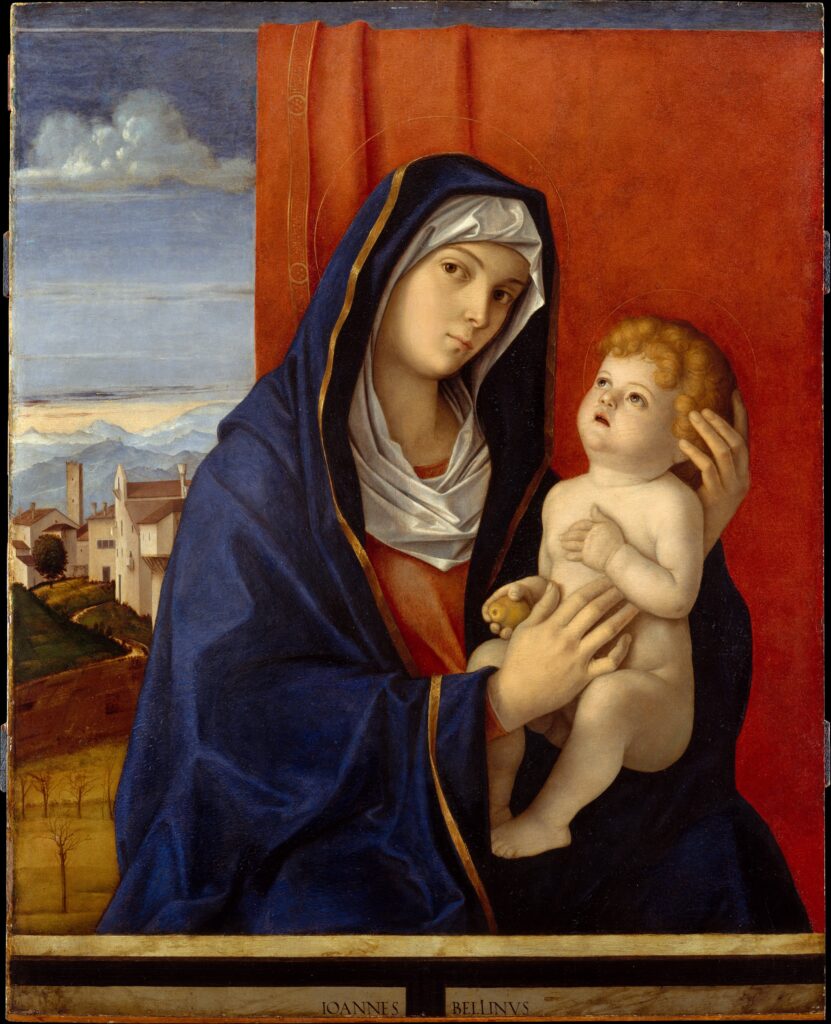
Madonna and Child late 1480s. By the Italian painter Giovanni Bellini.
